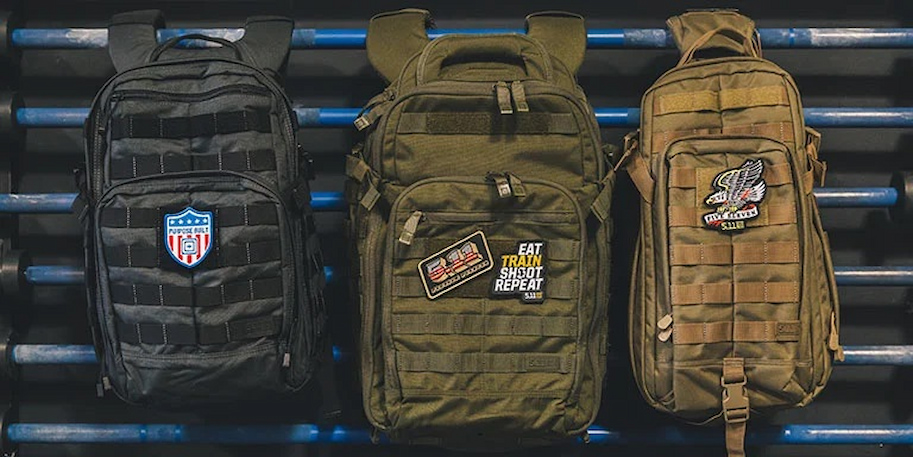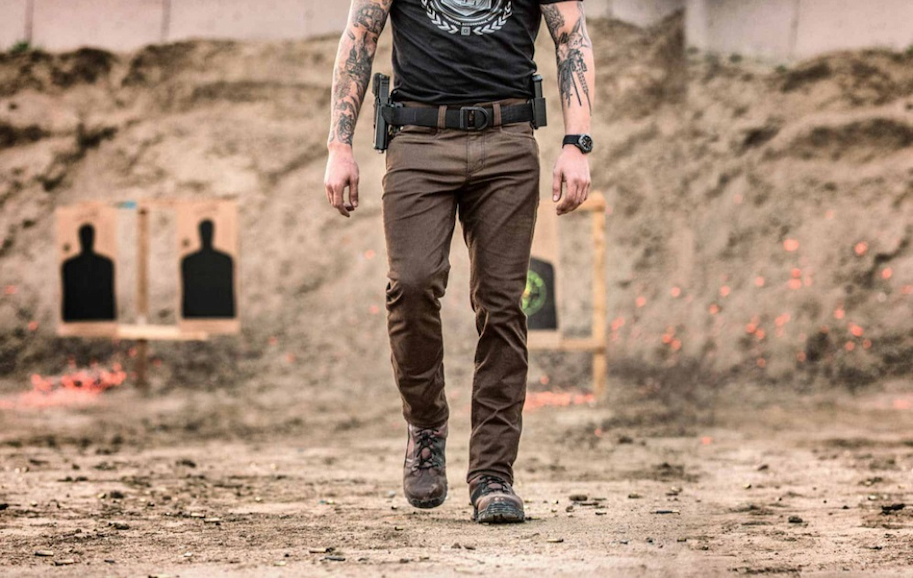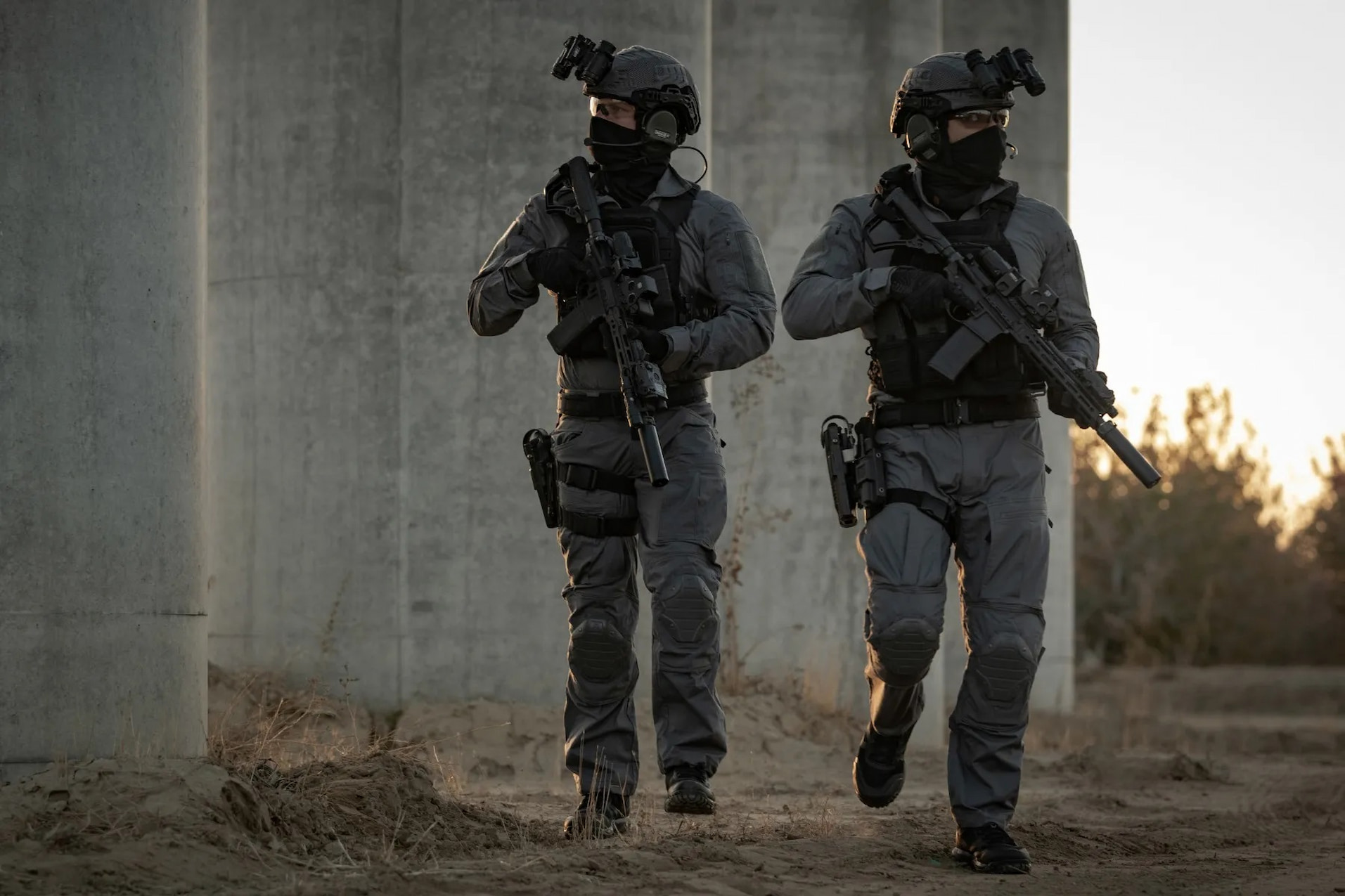Going out into the wilderness, whether it’s for a hike, a camping trip, or something a bit more involved, requires a little pre-planning. To be well-equipped with isn’t about looking the part; it’s about being safe, comfortable, and efficient in the event of an unexpected situation.
Investing in high-quality tactical gear means having your personal survival kit, tailored to the specific demands of your endeavour, backing you up on your adventures. Let’s get into some of the most important bits of gear that need to be on your radar.
Backpack

Your backpack is the foundation of any tactical deployment, a virtual, travelling command center that must be resilient but also comfortable. Look for packs made from high-denier nylon or Cordura with double-stitched reinforcement because these will withstand the abuse of rugged terrain.
A 30 to 50 litre capacity is optimal for most day-long operations, leaving space for water, food, spare clothing and specialized tactical equipment without being too cumbersome. Multiple compartments and MOLLE webbing allow systematic organization and ready access. Hydration bladder compatibility keeps you completely hydrated without needing to rummage for bottles. Padded shoulder straps, waist belts and ventilated back panels assist in distributing the weight and taking strain off your back.
A quality backpack should include reinforced grab handles, compression straps to cinch your load and attachment points for gear like trekking poles or a bedroll. By choosing a pack that integrates capacity, durability and ergonomics, you keep your entire equipment safe and you are comfortable on those extended days in the field.
Pouches
Pouches add to the functionality of your backpack by keeping mission-critical items within convenient reach. MOLLE or belt-attachable pouches can vary from small, specialized shapes to carry magazines, multi-tools, radios, snacks or first-aid kits, to larger pouches that keep cables, batteries and small repair kits in a specific utility pouch, or quick-access double-mag pouches for extra ammunition. Weather-proof zippers or heavy-duty hook-and-loop closings keep them dust-free and dry.
Pouch drainage grommets prevent water accumulation after a river crossing or in rain. Retention loops of elastic within a pouch can keep small items such as a pen or chem-light stick tied up, so they do not rattle or get lost. By distributing weight and lightening your gear, pouches allow you to remain concentrated during tension, whether you’re working your way through dense forests or handling a complex rescue operation.
Knives
A good knife is one of the most useful pieces of tactical gear you can have on you. Fixed-blade knives provide unparalleled strength and durability in cutting paracord, shaping kindling, field dressing game or for self-defence. Use full-tang construction, where the blade goes all the way through the handle, for ultimate resilience. Blade steel must strike a balance between hardness, retaining a razor edge and toughness to absorb chipping.
Corrosion-resistant coatings or stainless steel alloys are best in marine or humid environments. Ergonomic handles in grippy materials like rubber-over-moulding or G-10 provide a positive grip even when wet. Partially serrated areas on some tactical knives prove valuable for cutting through fibrous material. A keenly sharpened blade paired with a compact sheath enables quick access without snagging. Whether building a shelter, trimming emergency bandages or doing general camp chores, a good knife is essential.
Med Pack
Preparedness also includes being prepared for medical emergencies. A complete med pack should be small but well-stocked with supplies to handle bleeding, shock, burns and minor trauma. Trauma dressings, gauze pads, medical tape, antiseptic wipes, tourniquets, trauma shears and nitrile gloves are essentials. A waterproof pouch with clearly labelled, separate compartments means is a must-have as then you can easily locate supplies in the moment of need.
Having a compact first-aid guide or checklist nearby helps less-experienced responders. Inspect and replace expired materials, and familiarize yourself with each item’s use. Advanced med kits may include a hemostatic agent to retard heavy bleeding or a nasopharyngeal airway for compromised respiration. By carrying a well-organized med pack and keeping your skills up to date through first-aid training, you’ll be prepared to stabilize injuries until professional medical help arrives.
Clothing

Tactical clothing combines protection with functionality. Base layers of anti-microbial, moisture-wicking materials stay dry and restrict odour. Fleece or synthetic insulation mid-layers are warm without weight, and outer shells with waterproof-breathable membranes shield against rain and wind.
Knees and elbows have reinforced panels to provide added durability, and articulated features are designed to maximize movement. Pants with lots of pockets—covered by zippers or flaps—offer easy storage of pocket-sized equipment, maps or personal items. Camouflage patterns make you less noticeable during wildlife observation or military exercises, and high-visibility garments make you visible in nighttime rescue missions.
Don’t forget good headgear: a brimmed boonie hat repels sun and rain, and a warm beanie prevents heat loss in cold weather. The right clothing system adapts to changing weather and terrain, but keeps you comfortable and mission-capable.
To Sum Up
Assembling the right gear is not a checklist, it’s creating a system that protects you, makes you efficient and ready for anything. By investing in quality gear and understanding how to use it effectively, you’ll enhance your resilience in the outdoors, whether on a planned expedition or an unexpected mission. Always assess the specific needs of your mission and modify your gear to remain mission-capable.
